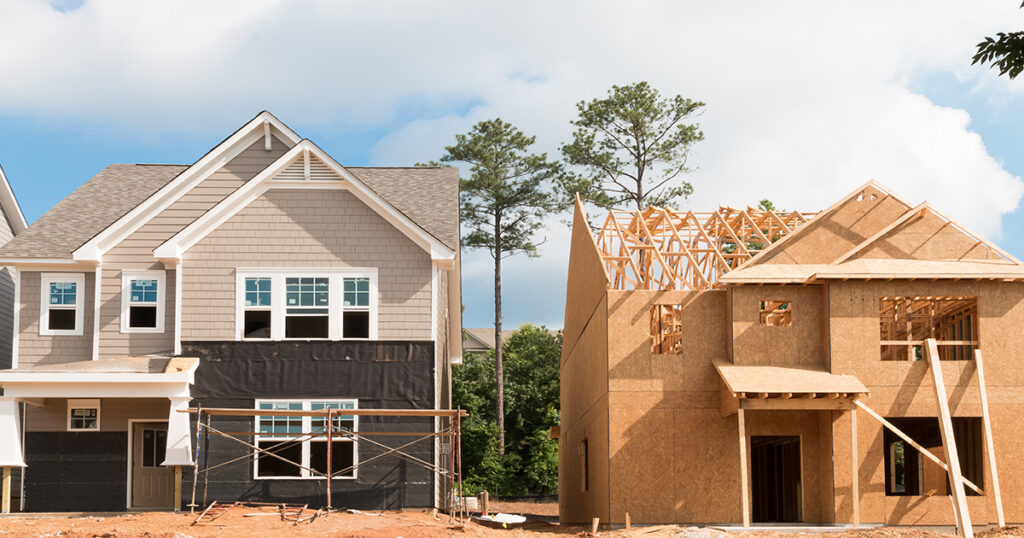Over the past three years, home building construction costs have been higher than normal. In 2022 alone, there was a 14% increase in material and labor costs alone. Between labor shortages, production delays, supply chain issues, and inflation consumers have experienced high prices across the board.
How are things looking for 2023?
According to the National Association of Homebuilders (NAHB), construction cost increases will return to the historical average of 2% and 4% in 2023. It is also expected that inflation will begin to taper by the beginning of the year and return to near-normal levels by the end of 2023.
What are the signs that costs are stabilizing?
Homebuyers and builders are seeing stabilization in supply chain issues like decreased concerns with bottle-necked imports in many markets. There has also been an easing in global restrictions on materials like lumber and steel. Additionally, rising interest rates have helped to slow down cost increases.
How can I better prepare for a home building project in 2023?
- Communication: plan to communicate openly, honestly, and frequently with your builder along the way. Figure out the most efficient form of communication and follow it. Keep records of emails, receipts, and timelines.
- Budget: even if you think you already have a good idea of your costs to build, most of the time budgeted costs and estimated timeline are easy to surpass. Know your numbers and prepare to make adjustments along the way.
- Flexibility: one of the most important things to keep in mind if you are building a home is flexibility. Being flexible will allow your builder to freely shift timelines around material and labor availability. It will also allow the homeowner to feel less stress if you know going into the whole thing that flexibility will be required. With so many moving parts and pieces, much of the building project relies on aspects outside the homeowner’s (and often, the builder’s) control.
- Planning: while flexibility is key, it is also important to develop a plan for the inevitable pivot you may need to make. What do you do when a material or finish you’ve picked is no longer in stock? How will you adapt your move in when the completion date may get pushed? What if significant weather prolongs your builder’s progress? A plan is there to help you navigate changes as they occur in real time.
Should You Buy a New Home or a Previously Built One?
U.S. News and World Report summarizes the issue best. According to a November 2022 report, “Buying a home is a dance of many decisions, from the most basic questions, like how many bedrooms and baths, to far more complicated considerations, like what kind of kitchen works best for your lifestyle. The biggest decision many homebuyers face, though, is whether to buy an existing home or to choose a home that’s under construction or freshly completed.”
There are advantages to either option, particularly if the price difference isn’t enough to significantly impact your overall budget. If buyers want a particular home and don’t mind waiting for it to go up, new construction can be a way to make that dream a reality. But, if homeowners need to move soon or are looking for a home in an area that’s largely built up, an existing home might be the best option.




